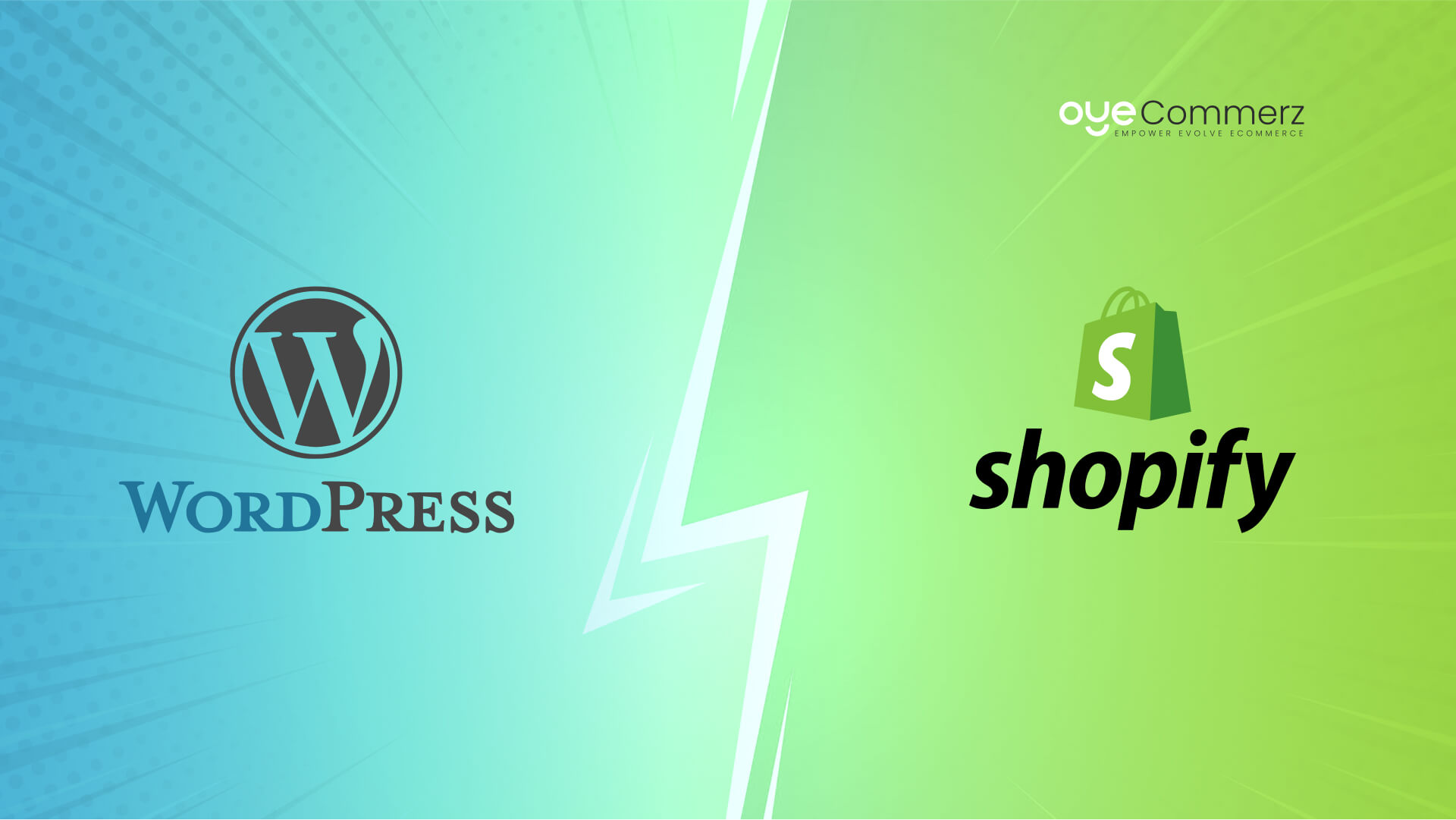Transitioning from WordPress to Shopify marks an exciting step toward optimizing your online store processes. As companies grow, choosing a platform that supports growth potential, user experience, and customization becomes crucial. Shopify has emerged as a preferred choice for online merchants, providing unmatched adaptability, data protection, and user-friendliness. In this guide, we will delve into why this migration is a game-changer, discuss the advantages, and provide actionable steps to facilitate a smooth transition.
1. Top Reasons to Transition from WordPress to Shopify
WordPress, paired with WooCommerce, has served countless online stores. Nevertheless, as businesses scale, challenges like reliance on plugins, security vulnerabilities, and technical complexities can hinder growth. Shopify, specifically created for e-commerce, eliminates these issues with an comprehensive, user-friendly platform. Statistics supports this transition—Shopify powers over 4.4 million websites globally, with a documented 10% increase in sales performance for numerous merchants after migration.
2. Shopify's Perks for Thriving Online Stores
Shopify’s powerful platform caters for expanding brands. Its notable features are:
- Effortless Design Flexibility: Shopify offers over 80 professionally designed themes.
- Built-in Features: Features like Shopify Payments and integrated SEO save time and effort.
- International Expansion: Currency versatility and regional customization empower brands to reach global markets.
Additionally, Shopify boasts an availability percentage of 99.98%, ensuring your store is always operational.
3. Preparing for WordPress to Shopify Migration
Before migrating, evaluate your current store. Review inventory details, customer details, and SEO performance. Tools like Shopify’s Migration Kit or third-party solutions can simplify this process. Create a comprehensive plan, making sure all resources—product descriptions, images, and blog content—are ready for seamless import.
4. The Importance of Accurate Data Migration
Transferring your data is a cornerstone of a smooth transition. When migrating from WP to Shopify, prioritize:
- Product Information: SKU, item summaries, and categories.
- Customer Data: Emails, order history, and preferences.
- Search Engine Considerations: Preserve meta tags, URLs, and redirects to maintain search rankings.
Leverage tools such as LitExtension to facilitate seamless migration while reducing mistakes.
5. Customizing Your Shopify Store
After the move, customizing your Shopify store helps it aligns with your business identity. Utilize Shopify’s drag-and-drop editor to design pages effortlessly. Shopify's templates are mobile-responsive, providing a smooth user experience across devices—a critical factor, given 74% of online shopping is generated by mobile users.
6. Maintaining SEO During Migration
SEO is vital for preserving your online presence during migration. Shopify is highly optimized for search engines with clean URL structures, preloaded features, and seamless blog integration. Ensure:
- Set up URL forwarding for existing links.
- Enhance updated content with keyword-rich content.
- Use Shopify's apps Plug in SEO to track analytics after the switch.
7. Essential Tests After Migrating to Shopify
Once the migration is complete, run detailed checks.
Check: - Page load times (Shopify delivers faster speeds compared to WordPress).
- Payment integration reliability and checkout Shopify migration pricing processes.
- Mobile responsiveness.
Quality assurance guarantees your store provides a smooth shopping experience from the start.
8. Real-Life Success Story
An example of effective platform switching is Gymshark, a sportswear company that transitioned to Shopify. After the switch, the company saw a 60% increase in mobile sales and significantly lowered site downtime. This highlights the capabilities of Shopify in driving online business success.
9. Overcoming Common Migration Issues
Migration is not without obstacles, such as data integrity and reconfiguring custom functionalities. However, Shopify’s robust support and third-party WordPress to Shopify migration experts make overcoming these hurdles manageable. Partnering with experienced Shopify developers ensures a smooth transition.
10. Making the Switch: The First Step Toward Success
Switching from WordPress to Shopify marks a strategic decision to online retail. By addressing scalability, streamlining operations, and improving buyer satisfaction, Shopify empowers businesses to succeed in competitive markets.
Conclusion
Switching from WordPress to Shopify offers a smart solution that can greatly enhance your online business performance. With a robust migration plan, the appropriate resources, and expert support, you can achieve new success milestones.
Excited to start the journey? Reach out today to learn how our Shopify migration services can revolutionize your e-commerce platform. Contact us now, or consider: Is it time to seize Shopify’s advantages for your store?
